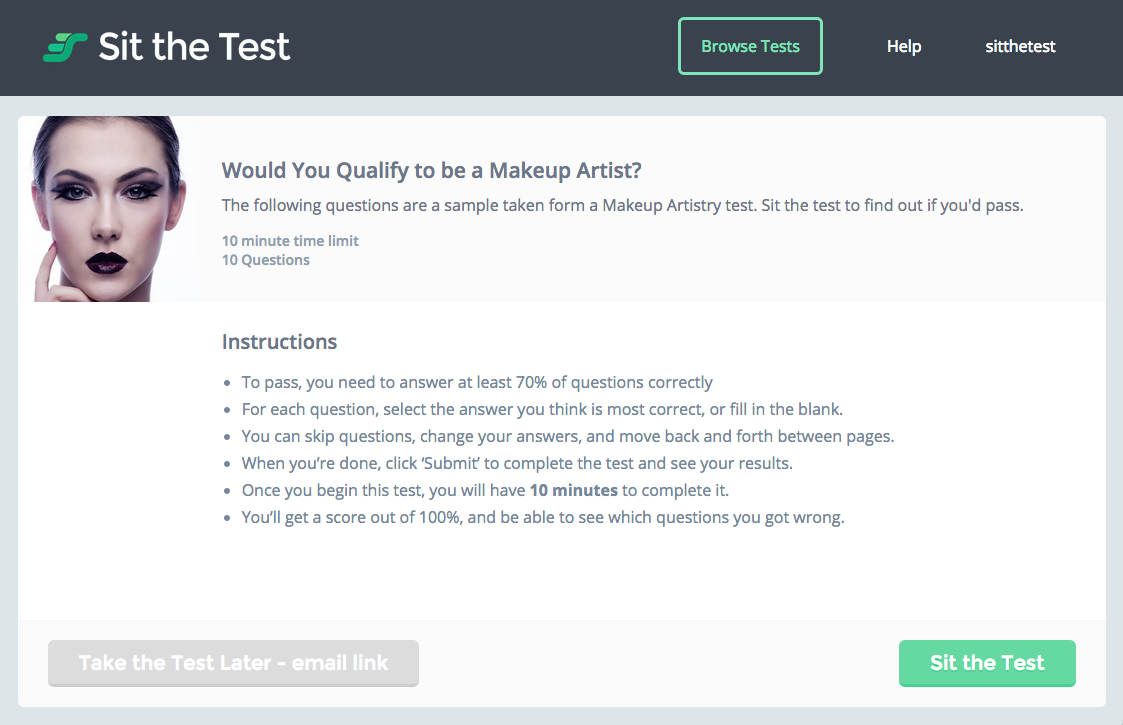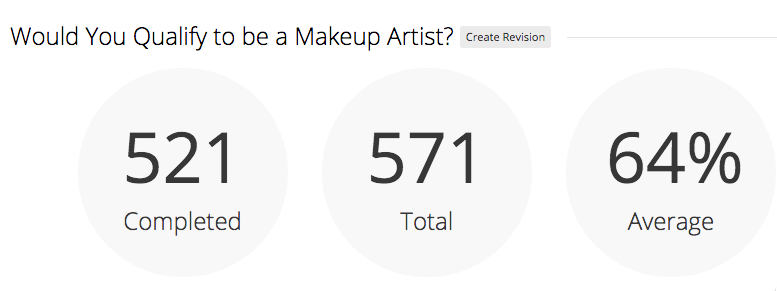In researching the topic of “How does a solar panel”, we find contradictory information on how energy is produced by the panels and the cells themselves. A number of solar cells should be connected in series to achieve a usable voltage for use with a storage device or electric.
The electricity generated by the panel is a direct current (DC) that is usually identified by their negative and positive terminals. As also has a battery positive and negative terminals, the cells operate in a similar manner.
In a serial connection, two cells, which have 4 terminals (2 positive and negative 2) may become a larger cell when you simply connect negative to 1 on the positive (positive to negative and vice versa). What remains is just one negative and one positive, but the tension of the two panels (0.5V + 0.5V = 1V) were added. Two cells have become larger cell. Similarly, when you have 12 cells in series can be simply connected by connecting all the positive and negative aspects that will end no matter what you do with just one negative and one positive at both ends.
In a parallel connection, the same two cells, which have 4 terminals (2 positive and negative 2) are wired differently. One positive terminal is connected to a negative terminal 1-1 positive and negative (positive to positive and negative to negative). Both cells have not become a big solar cell instead began to work together to amplify the current, measured in amperes (A). Here we can probably say that two son became a great thread, in this case, two positive have become a large positive advantage and the same goes for the negative child. Parallel connections are used only when it has reached the target voltage over a series connected solar cells. A series of 36 cells can generate about 18V (36 x 0.5 = 18V) and 18V this is the ideal for charging a 12V battery voltage. If you want to charge quickly, you have to add more solar cells but must keep the same voltage (18V), and it is therefore necessary to connect the next set of solar cells in a (positive to positive and negative to negative) parallel.
If you connect three groups of solar cells connected “in series”, it is called a connection to 3 strings of solar cells and the 3 channels is called a solar module or modules. It becomes a solar panel integrated when all other components such as the chassis, the backsheet, the glass cover and the junction box.
A solar panel in turn can be connected to another solar panel also in series or parallel depending on the design of the photovoltaic system. Several series-connected solar panels, said panels 12, also considered a chain when connected in parallel to another channel or more other channels. Several strings of solar panels are then called a matrix or sun.
Importantly, in a series arrangement, the voltage (V) and then added in a parallel arrangement, AMPS (A) increases. Voltage multiplied by the amplifier results in determining Watts (VXA = W)
At this point, you should be able to understand the relationship of small solar cells on its larger counterpart, the solar panel. If you can build a solar panel, then in principle, you can also build a large solar panel equivalent to a solar power plant.
Everything depends on you to buy solar cells, but make sure you ask the right amount based on the solar panel to do what is something in this article will cover the latest how-to articles cells. Also be aware of the electrical output of the solar cell is important for the amount of electricity you need to get. Typically, a solar cell has a voltage of 0.5 V and its rated capacity is about 4Wp. I hope this information helps you in your search for “how a solar panel works.”









 You don’t need to spend thousands of dollars on industry research or surveying your audience — most small businesses already have plenty of data collection tools right at their fingertips! The savviest businesses utilize their content to gain invaluable insights into their customer and potential customer base to understand what they want most- here’s how you can too!
You don’t need to spend thousands of dollars on industry research or surveying your audience — most small businesses already have plenty of data collection tools right at their fingertips! The savviest businesses utilize their content to gain invaluable insights into their customer and potential customer base to understand what they want most- here’s how you can too! Diana Mackie is a small business writer, specializing in marketing and content. Diana writes for AllBusiness, Huffington Post, Social Media Today, Duct Tape Marketing and many other publications. She is currently the Chief Content Officer at
Diana Mackie is a small business writer, specializing in marketing and content. Diana writes for AllBusiness, Huffington Post, Social Media Today, Duct Tape Marketing and many other publications. She is currently the Chief Content Officer at 
